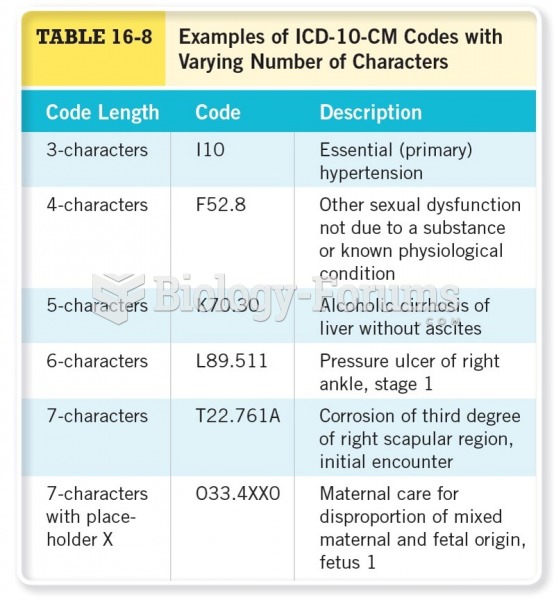This topic contains a solution. Click here to go to the answer
|
|
|
Did you know?
Between 1999 and 2012, American adults with high total cholesterol decreased from 18.3% to 12.9%
Did you know?
There are 60,000 miles of blood vessels in every adult human.
Did you know?
The familiar sounds of your heart are made by the heart's valves as they open and close.
Did you know?
Nearly 31 million adults in America have a total cholesterol level that is more than 240 mg per dL.
Did you know?
The B-complex vitamins and vitamin C are not stored in the body and must be replaced each day.







